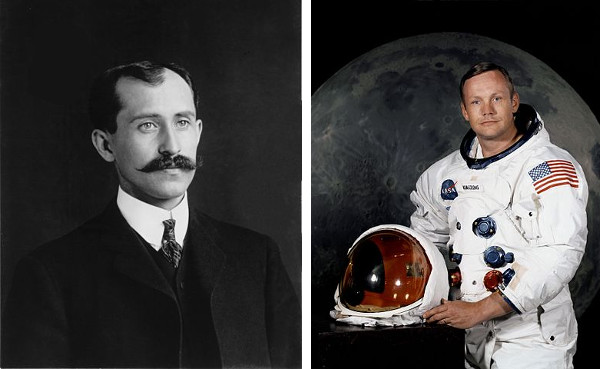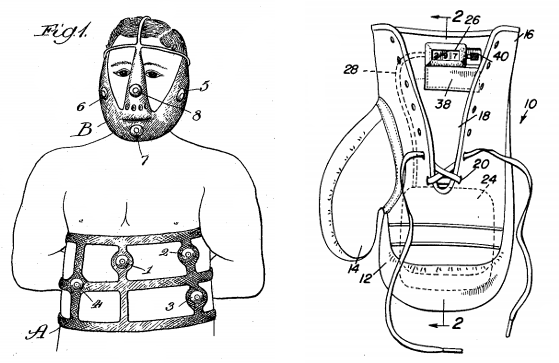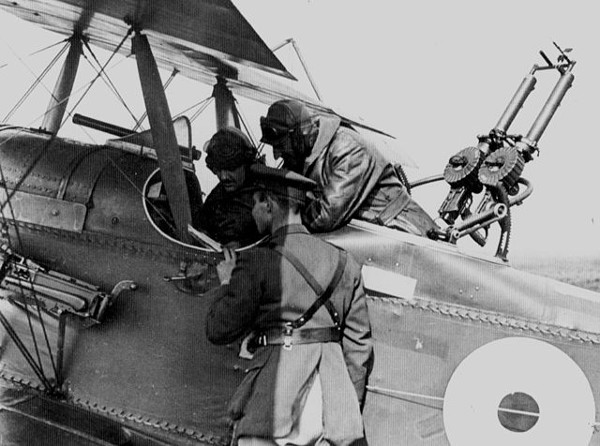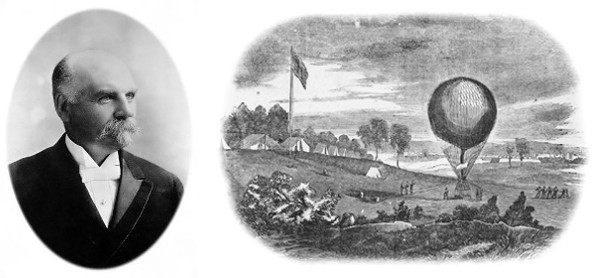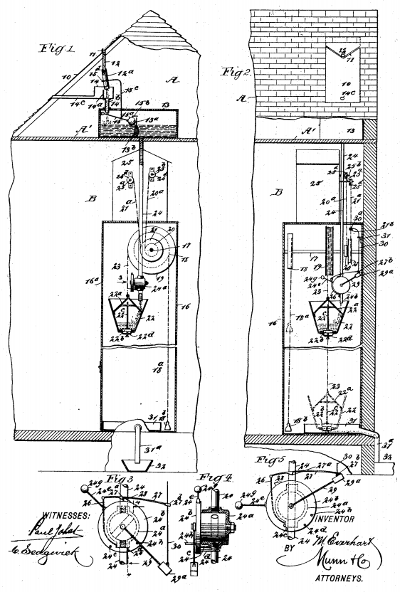
A striking example of the strength of the British Empire in the early 20th century: In 1911 Britain completed the “All Red Line,” a network of telegraphs that linked its possessions. The system was so redundant that an enemy would have had to cut 49 cables to isolate the United Kingdom, 15 to isolate Canada, or 5 to isolate South Africa. As a result, British communications remained uninterrupted throughout World War I.
Sir Sandford Fleming described the network as “the cerebro-spinal axis of our political system … through which would freely pass the sensory impressions and the motor impulses of the British people in every longitude.”
Related: In Air Facts and Problems (1927), Secretary of State for Air Christopher Thomson noted that the whole empire might be visited by an aircraft capable of “long hops”:
For the purposes of the immediate future a ‘long hop’ may be taken as 1,500 miles in length. One such hop would cover the distance from the south coast of England to Malta, a second would reach Egypt, a third Bushire (on the Persian Gulf), a fourth India, at Karachi or Bombay, a fifth Ceylon, a sixth the Straits Settlements, a seventh Port Darwin in Northern Australia; three more would reach New Zealand.
“Thus, in ten ‘long hops,’ or ten days and nights, the traveller and the mailbag out of England would arrive in the most distant of our dominions without landing at an air station which was not either British or under British control.”

